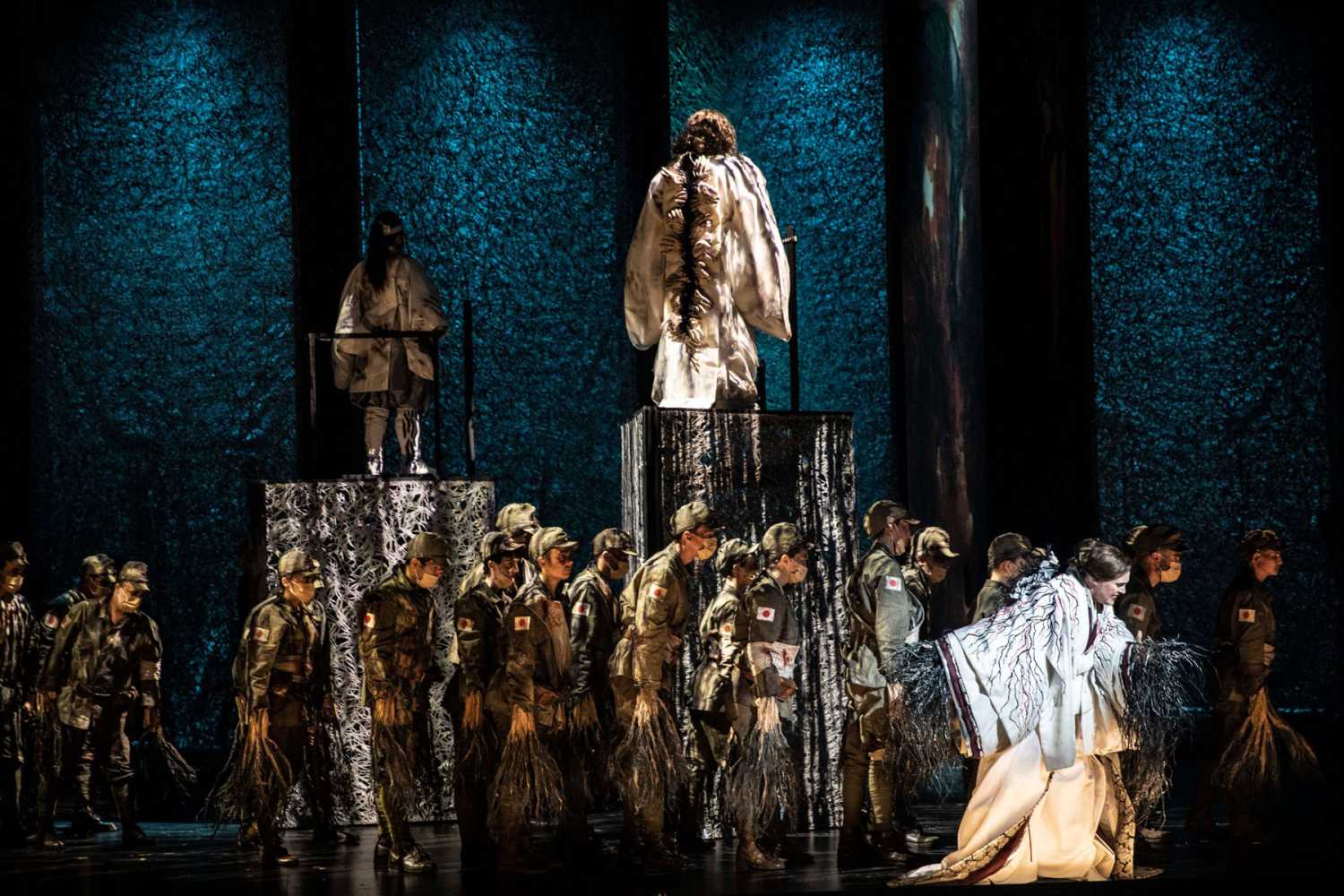Amadeus backs Mozart’s Idomeneo en Provence
- Details

Musical director and conductor of the Pygmalion Orchestra and Choir, Raphaël Pichon, made a special request to Amadeus to design and implement an audio technology system combining active acoustics and sound spatialization to maximize the audience’s experience of the opera.
“The work carried out in collaboration with Amadeus’ teams could be compared with some kind of ‘sound restoration’. The Théâtre de l'Archevêché is a unique place, among the most evocative of the past of the old city - a place carrying the weight of the years. Its facade at the back of the stage is listed as a UNESCO World Heritage site. With its imposing skyward-stretching acoustic shell and its high stone walls overlooking the audience, there are genuine difficulties linked to the room’s natural acoustics, and orchestras have to face them,” said Aurélie Granier, head of the audiovisual department and sound engineer.
“As he was aware of the sound issues imposed by the venue, conductor Raphaël Pichon asked us to develop an immersive acoustic support system for the spectators,” Granier continues. “We designed and deployed a tailor-made toolbox to get a more homogeneous, more detailed sound coverage for the orchestra, the soloists, and the choirs - and also to increase the natural reverberation time of the theater.”
The sound system Amadeus designed combined a Holophonix sound spatialization processor - developed by the Amadeus company in coordination with IRCAM - along with an electro-acoustic system using over 50 loudspeakers, some of which were completely custom, clad in natural stone to make them almost invisible on stage.
“The reverberation time of the theatre is smaller than in other places designed for lyrical art, and it varies according to the zones - including rear seats, balcony, and sub-balcony. Our approach was to homogenize the acoustic sounds coming from the orchestra pit with the sound of the choir and the singers on stage, to make them coherent in timbre, volume level, and reverberated field,” recalls Clément Vallon, musician and sound engineer, who assisted the festival teams during the creation phase.
Designed by Amadeus in collaboration with STMS (Music and Sound Science and Technology), a laboratory founded in 1995 and hosted by Institute for Acoustic/Music Research and Coordination (IRCAM), the Holophonix processor is already installed in many theatrical, musical, and museum institutions in France, including the most prestigious theatres, such as the Théâtre National de Chaillot, the Comédie Française, La Scala, the Panthéon, the Avignon Festival, and more.
The electro-acoustic setup is made up of 52 speakers, facing, surrounding, enveloping, and sometimes overhanging the audience, to recreate virtual acoustic reflections as naturally as possible and to support the singers and musicians.
“The audio infrastructure is articulated around a Dante network including a redundant setup, it’s a light and flexible technical system. The system was designed to integrate seamlessly with the equipment already in place, including a Yamaha CL3 console, and several Yamaha RO and Rio stage boxes interconnected by Yamaha SWP switches. The Holophonix processor and the Powersoft amplifiers are all Dante compatible so integrating them was easy,” explained Vallon.
“The Yamaha CL3 mixing console provided processing and mixing both to Holophonixfor the distribution of the reverberation sounds and the sound reinforcement of the orchestra, as well as the monitors in various spaces of the theater. We used 15 microphones to capture the sound on stage and about 20 mics for the orchestra”, added Vallon.
"Using modern audio techniques for classical works is a major challenge because it involves addressing concretely current issues relating to perception, sensation, and imagination while responding to strong demand from spectators and artists in terms of listening quality. In this digital era, and the perpetual quest for fast-moving technology, the most important challenge to be met is to know how to use moderation while wisely using the tools our era gives us access to,” concluded Granier.
















